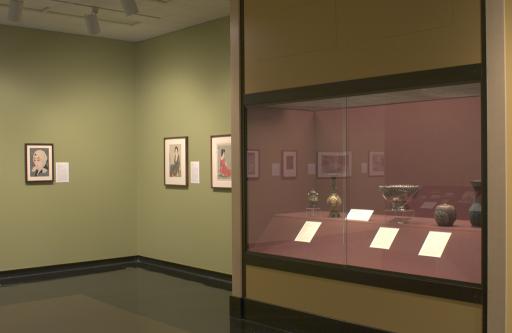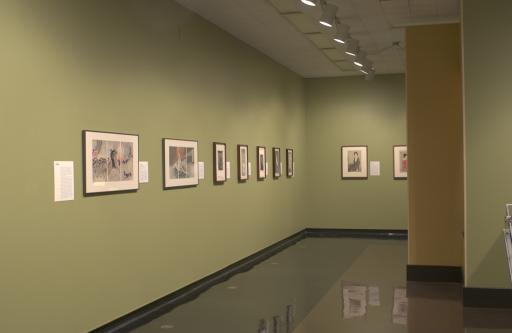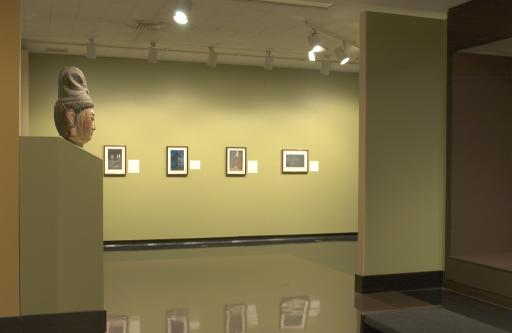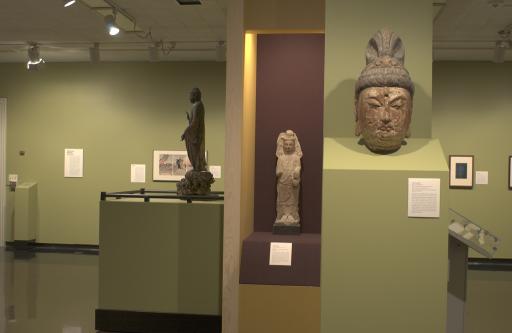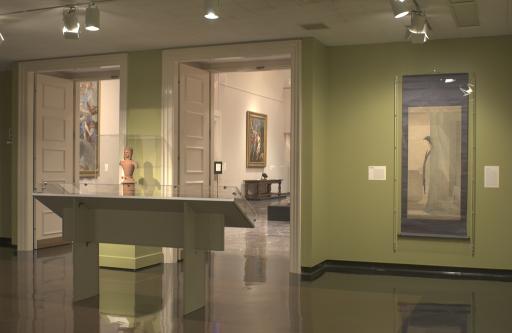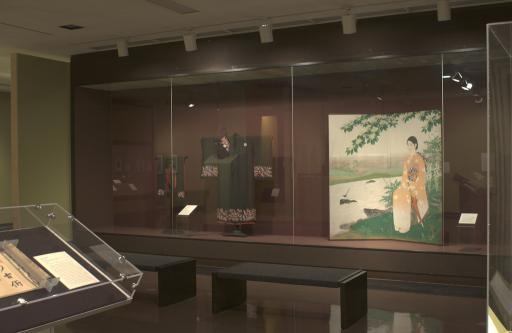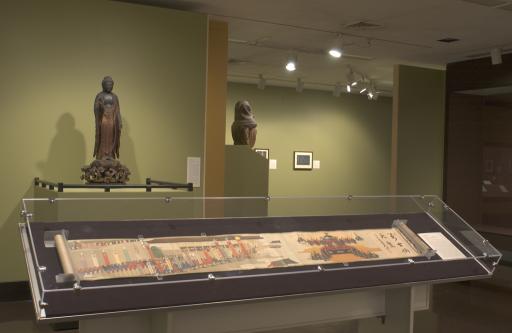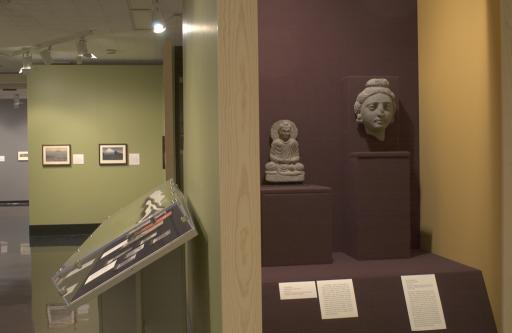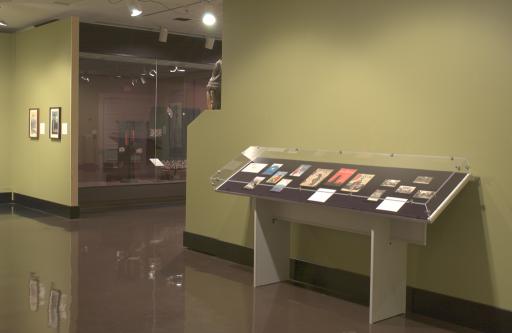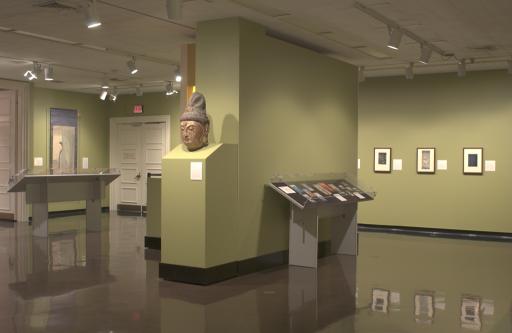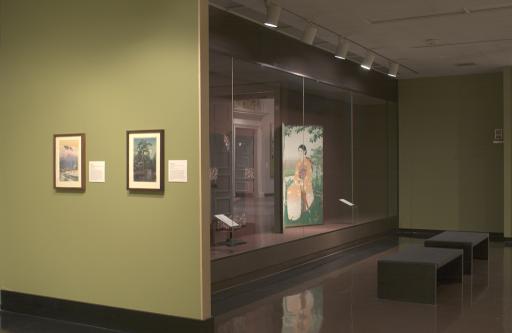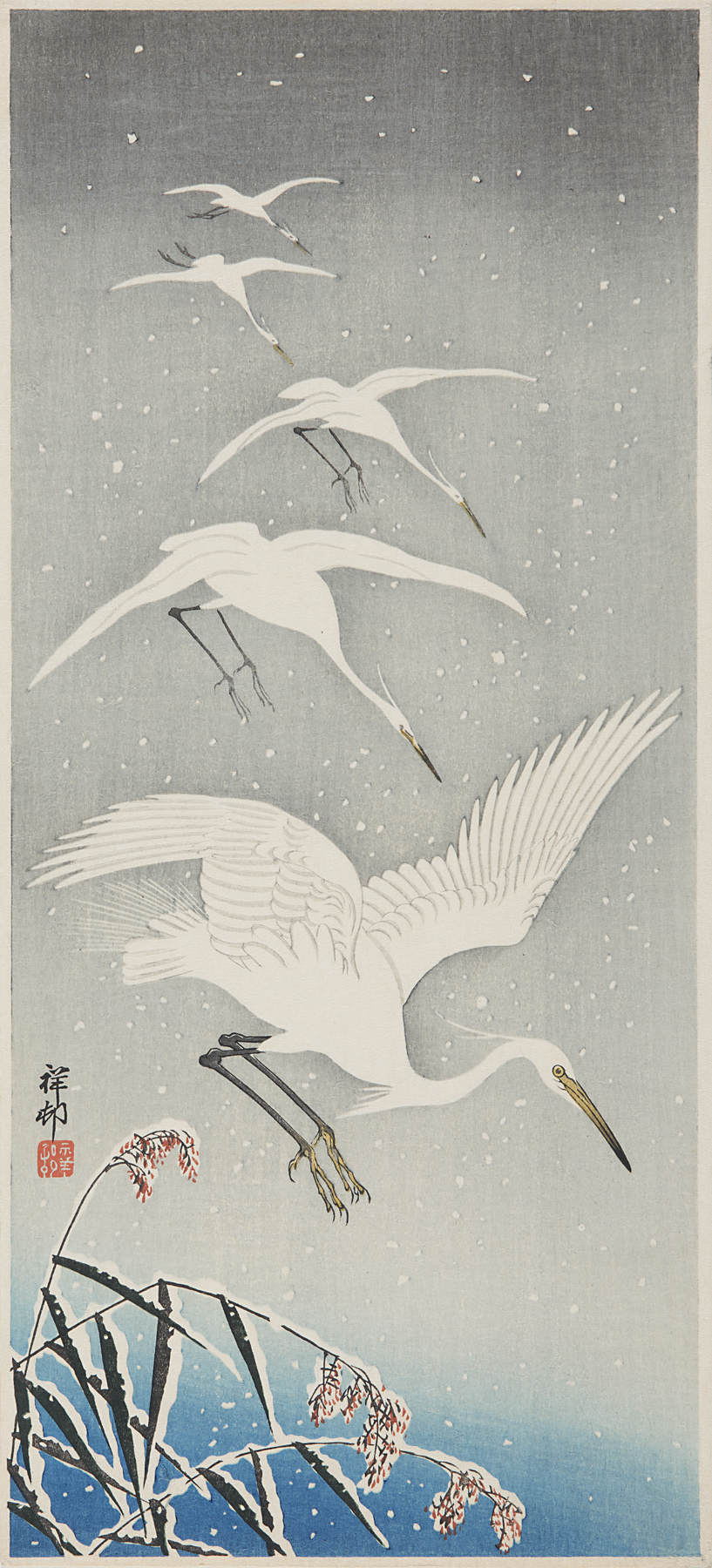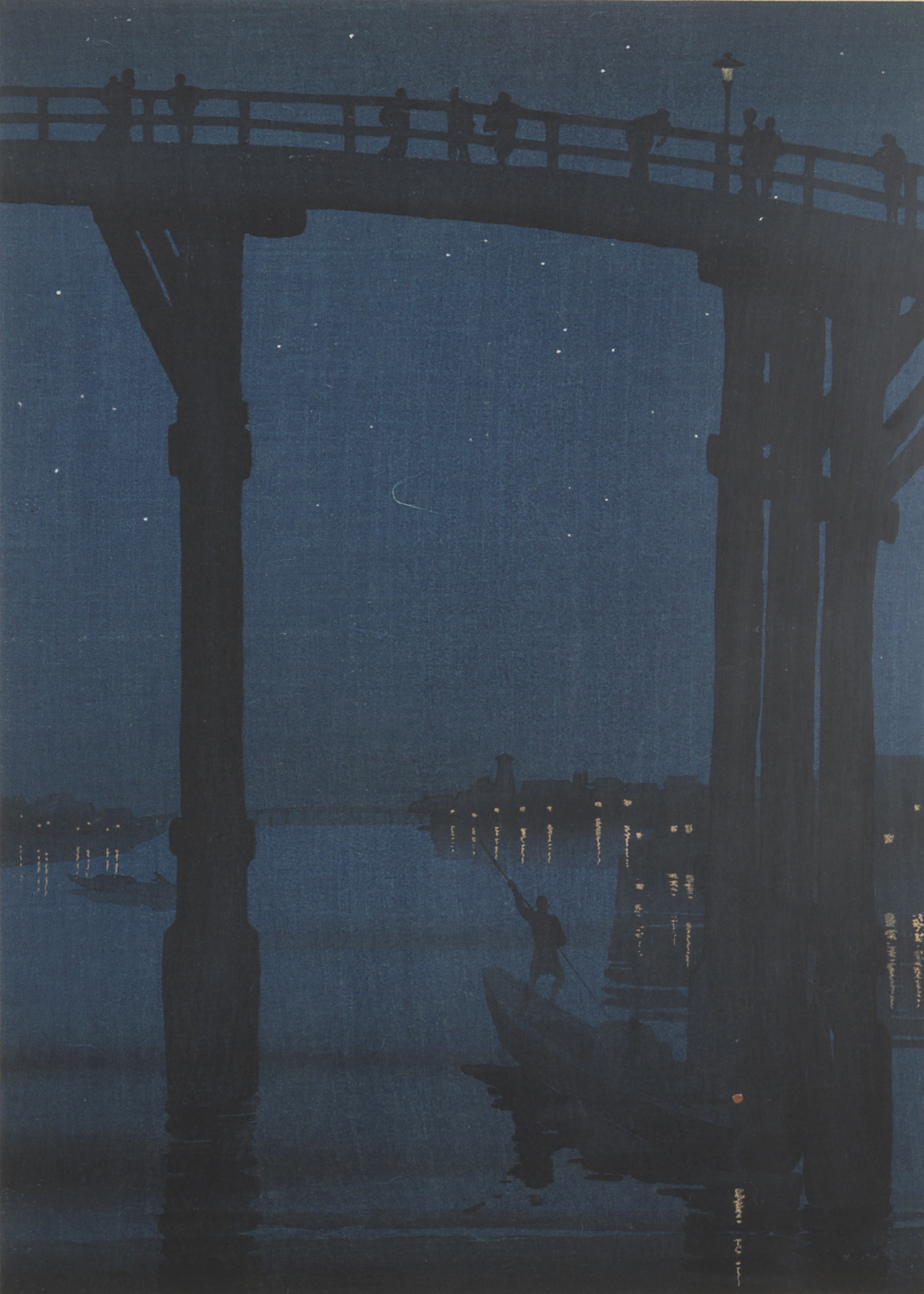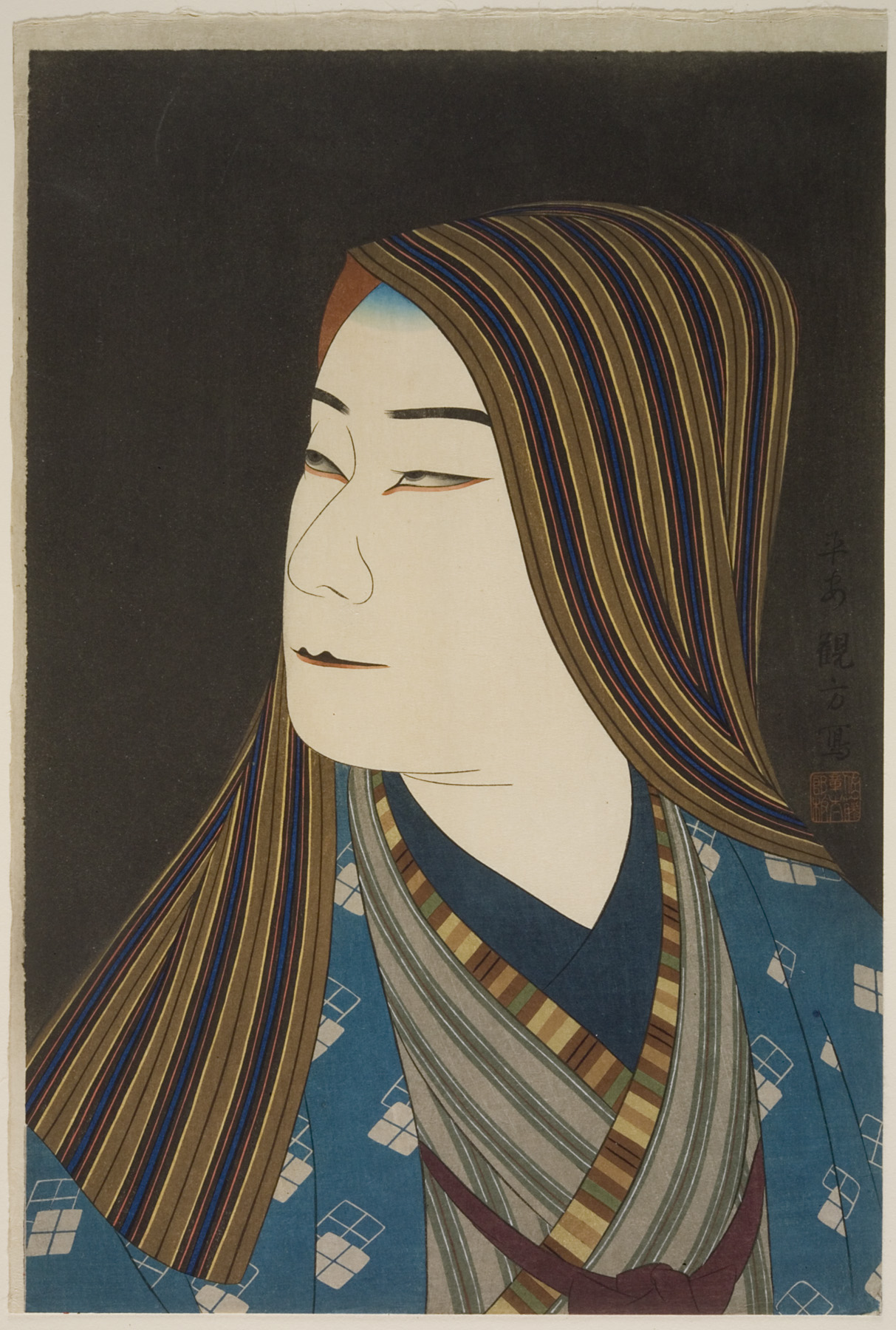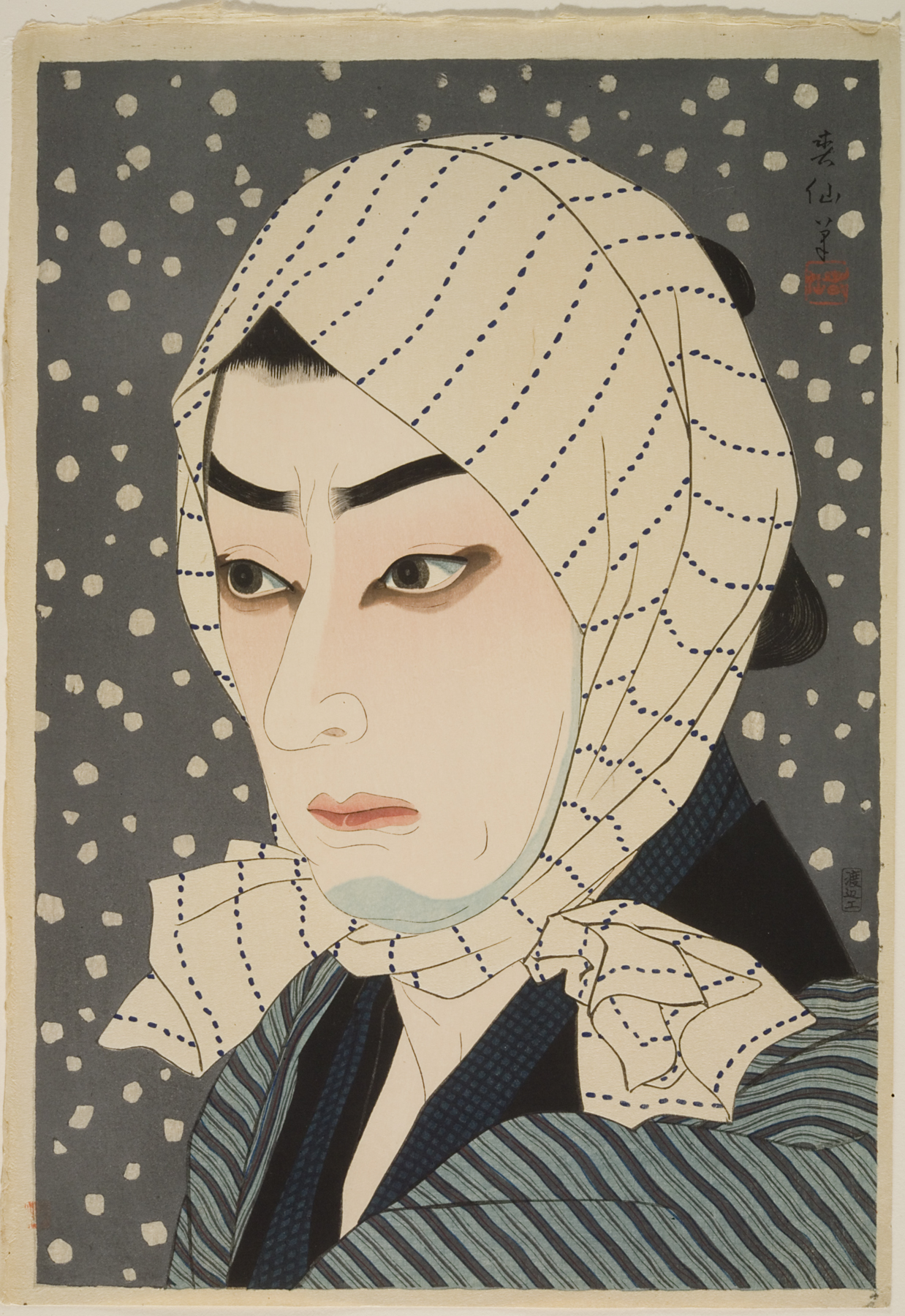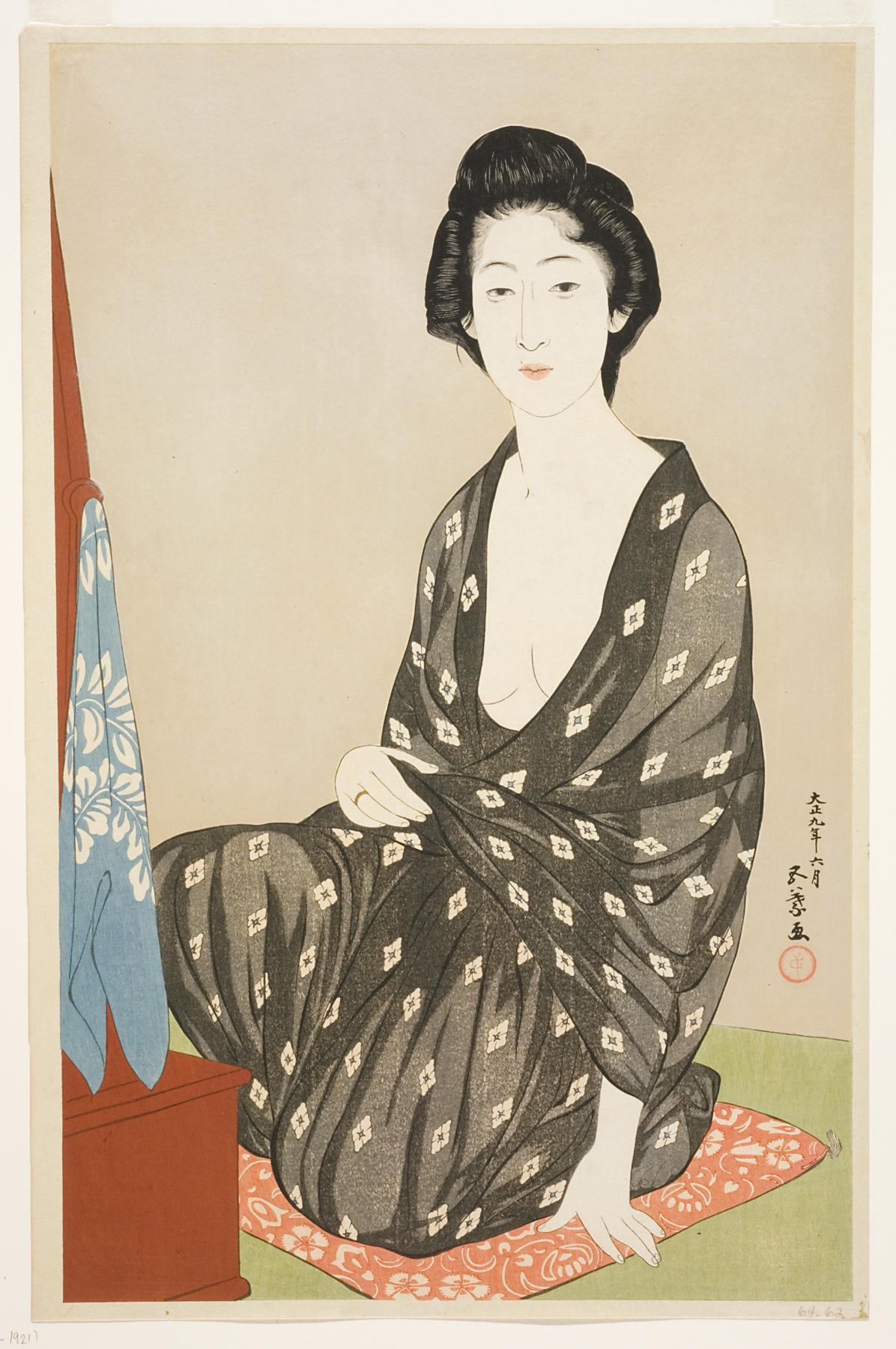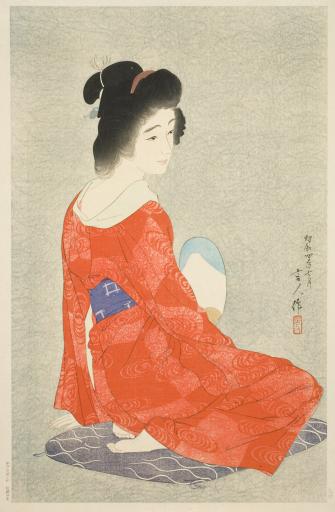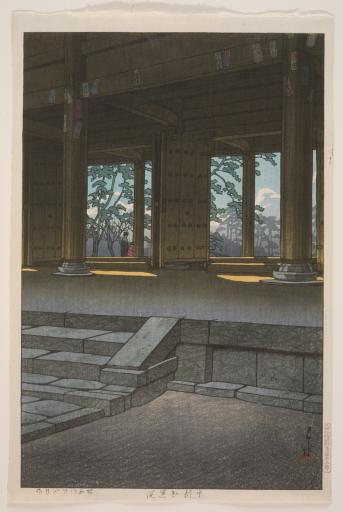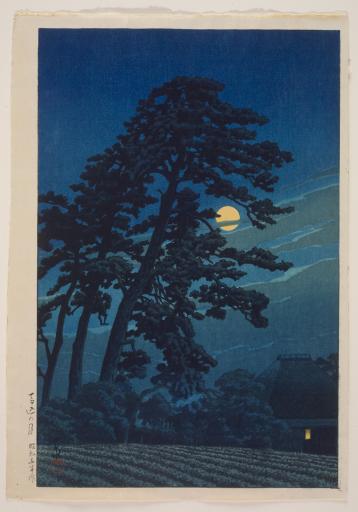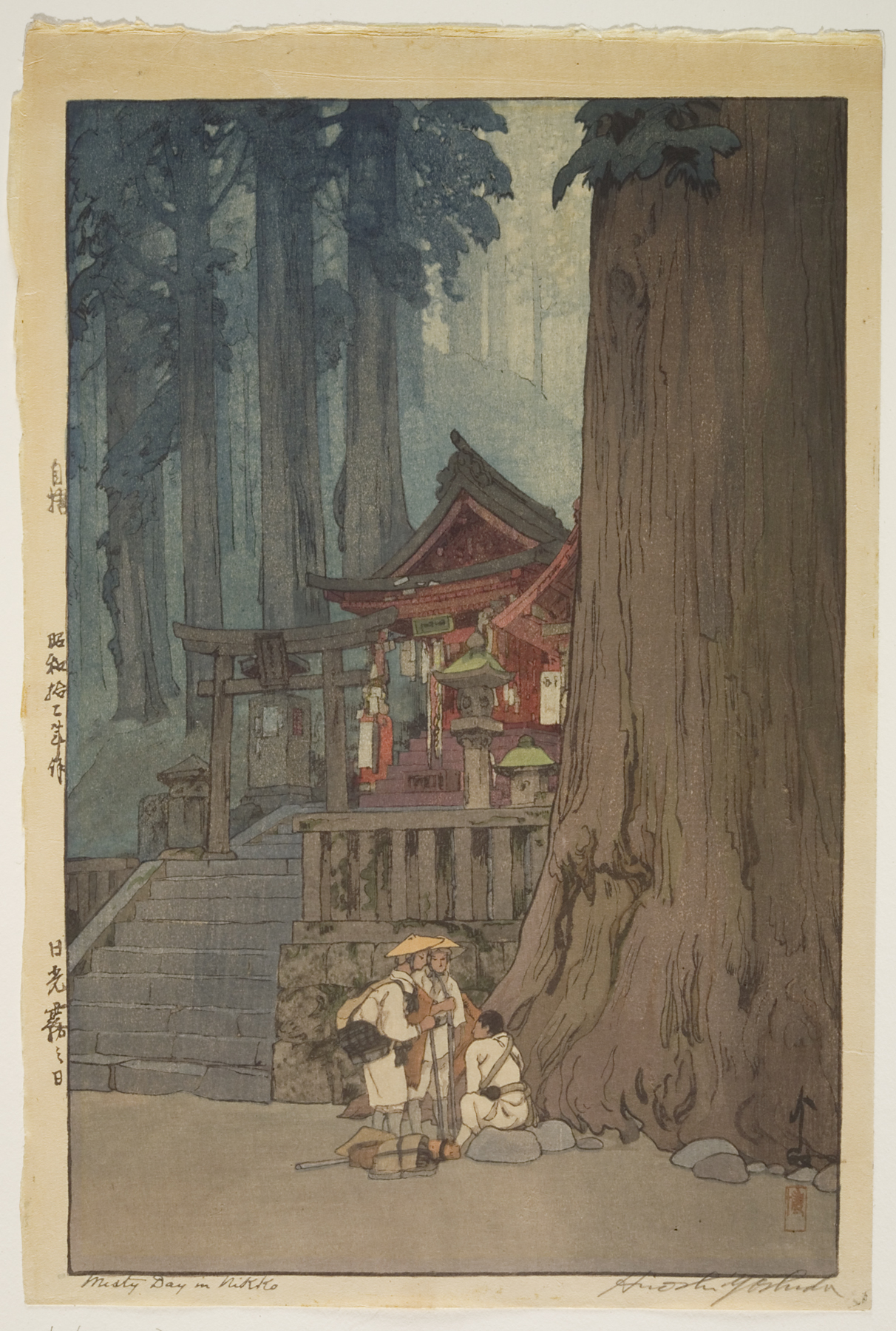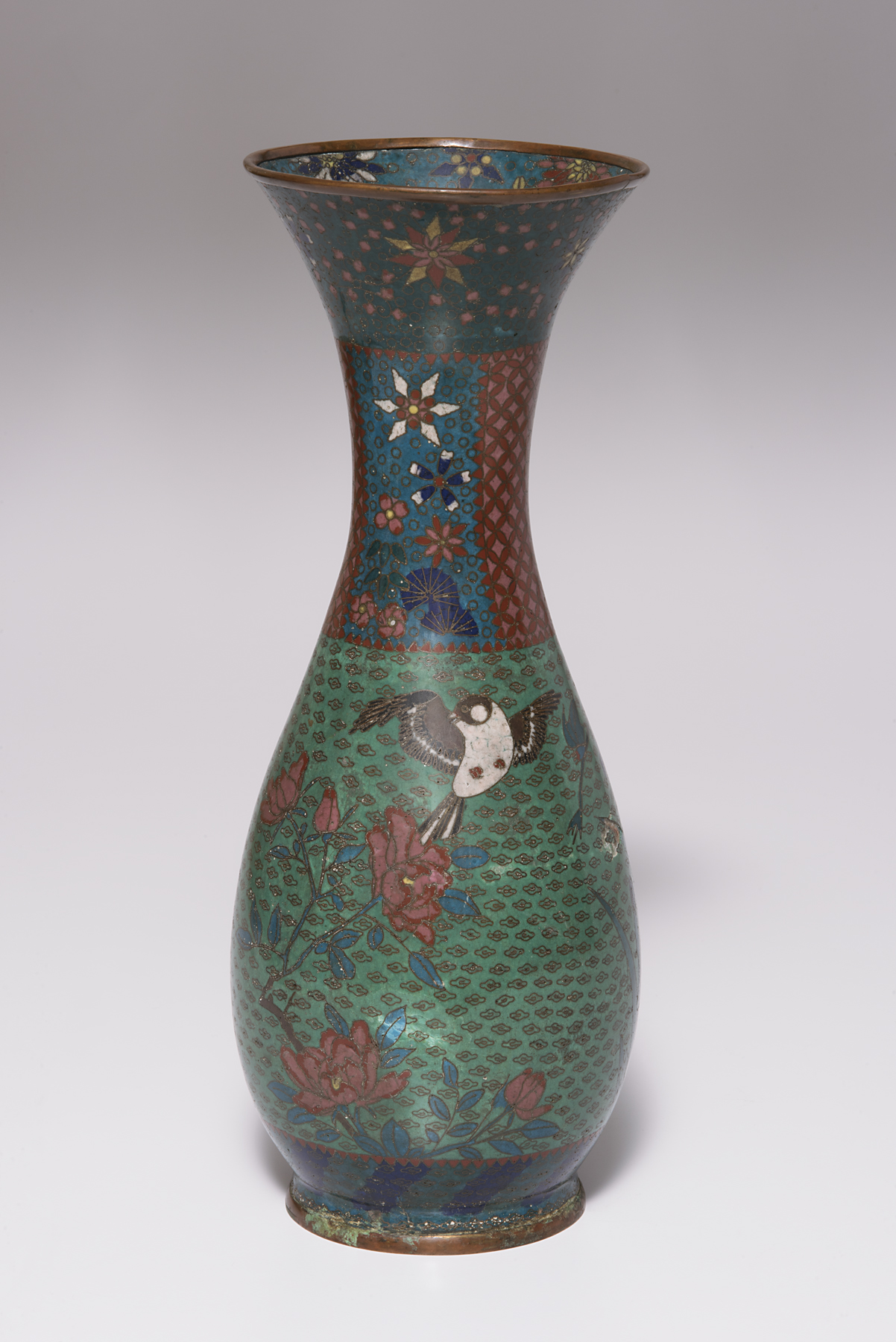Tradition and Modernity: Japanese Art of the Early Twentieth Century
Exhibition Overview

In the early decades of the twentieth century, Japan experienced many changes. During the first decades of the century, in the Meiji period (1868-1912), the country rapidly adopted Western models of education, politics and industrialization, and emerged as a more modern society after a long period of international isolation. Later, in the Taisho (1912- 26) and early Showa (1926-1989) periods, modernization was no longer simply the product of Western imitation, as the country rapidly became an international, industrial and urban society in its own right. Throughout these decades, complex tensions emerged between the desire to retain traditional cultural values and the desire to be a modern society. The complexity of early twentieth century Japanese society is revealed in its art, which selectively incorporates traditional and more modern modes of creation in a variety of formats, mediums, themes, and styles. Western art techniques, a flourishing export market, and a search for a new national identity that combined both tradition and modernity were some of the factors that shaped early twentieth century Japanese art.
This selection of works from the Spencer's collection broadly illustrates Japan's changing social climate of the early twentieth century and hopes to reveal the dynamic character of this period.
